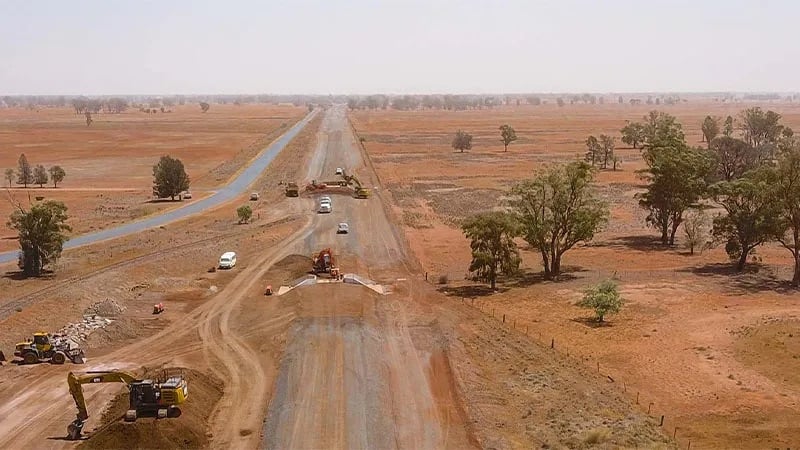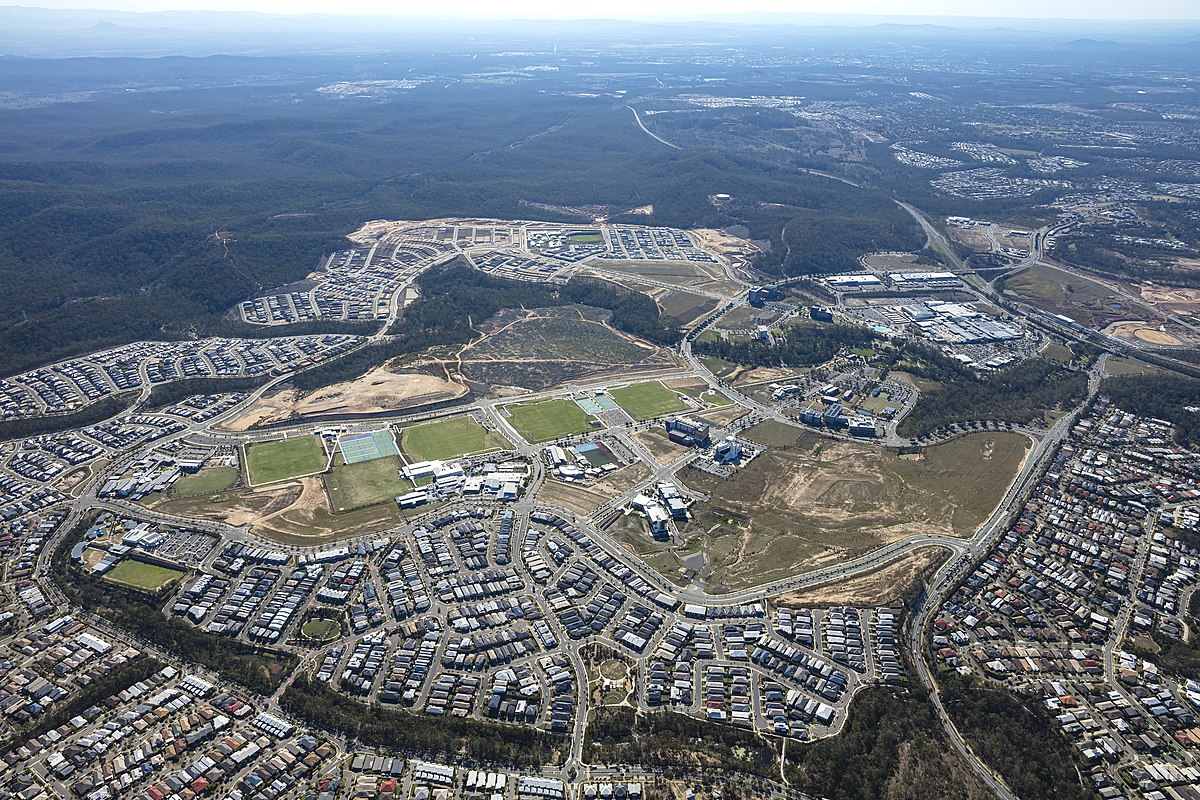Crows Nest Station
Sustainability in design
Crows Nest station is part of the Sydney Metro, Australia’s biggest public transport project, revolutionising Sydney’s transport network and enabling the long-term growth of Sydney’s rail network.
Crow’s Nest Station is an underground station which is part of the Sydney Metro City & Southwest project. Located approximately 6km north of Sydney’s CBD, the area is a growing commercial and residential precinct.
As we plan for medium and high-density urban environments that meet future population demands, suburbs like Crows Nest will be at the forefront due to their proximity to central business areas. The challenge is to incorporate sustainability and environmentally resilient features into infrastructure.
Implemented innovative engineering
SMEC was the lead consultant on the Crows Nest Design Consortium (CNDC), in partnership with Woods Bagot, Robert Bird Group, Norman Disney Young, and Oculus. CNDC provided design and technical services and were the service provider for the delivery of Design Stage 2, Stage 3 and Stage 1 primary structures.
The design team implemented innovative engineering with the use of a pre-cast concrete beam structural solution which allowed for quicker construction times which in turn meant no formwork interference at platform level. Also, to minimise materials consumption and waste generation during the construction phase, SMEC developed an operational waste management plan to leave a legacy of sustainable practices from design and construction and into operations.
- 37% annual modelled energy consumption reduction
- 53% reduction in potable water consumption
- 21% reduction in construction phase greenhouse gas emissions
Revolutionising Sydney’s transport network
Crows Nest station is part of the Sydney Metro, Australia’s biggest public transport project which in 2024 will include 31 metro stations, revolutionising Sydney’s transport network. The project aims to enable the long-term growth of Sydney’s rail network, supporting improved travel times, reliability, and integration with other transport options including bus and cycling networks.
By challenging conventional practices and using innovative techniques and technology, the team were able to deliver a design that is not only sustainable but also delivers construction cost savings and improved commuter experience. The design methodology for the station was also able to inform future station designs, providing additional, long-term value to our client.




